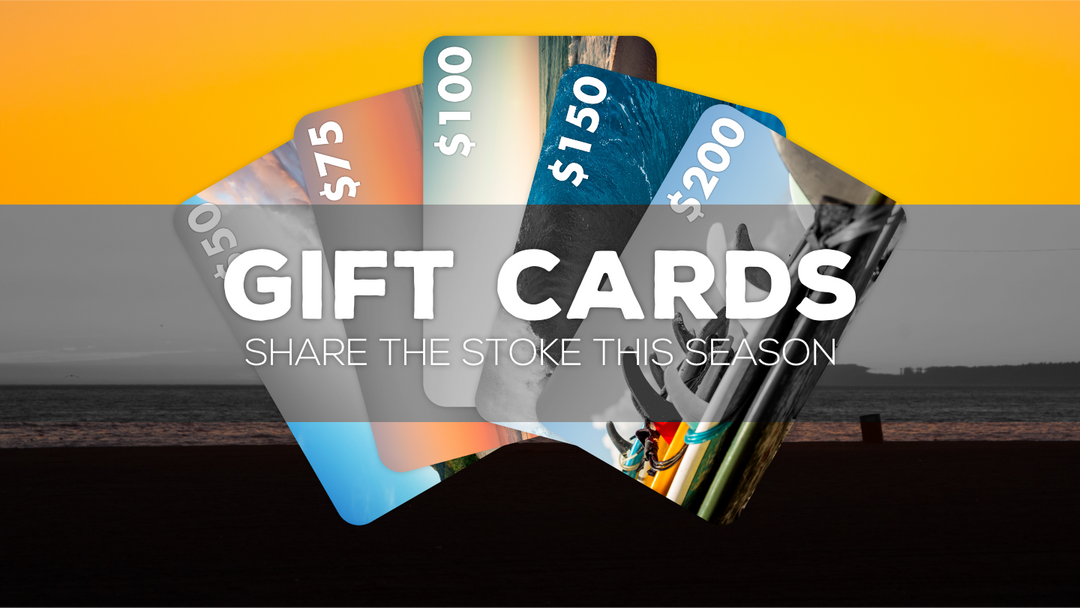Legends - BING COPELAND
Herbert "Bing" Copeland opened Bing Surfboards on the Hermosa Beach waterfront in 1960. His name was to become one of the best-known brands throughout the '60s and into the '70s. Speaking of Bing's name, have you ever wondered how he got the name "Bing"? Well, I have, so I asked him. Here's what he had to say: "Actually, I was born Herbert Bingham Copeland III. When I was two years old, my babysitter didn't like calling me "Herbie" so she shortened my middle name and just started calling me Bing. It's been that way ever since."
Bing was born in Torrance, California in 1936 and grew up just a few blocks from the Manhattan Beach pier. When he was 12, Dale Velzy--working as a lifeguard at the time--asked Bing if he wanted to try one of his old boards. As Bing recalls, "the board was about eight feet long and weighed about eighty pounds...we pearled for the first ten or so waves but then finally I remember standing up and riding straight off all the way to the beach." I knew at that moment that this was the sport for me."
Dale Velzy mentored many of the best-known shapers of the '60s and early '70s, and Bing Copeland was one of them. In the early '50s, he helped Velzy by gluing up balsa blanks, shaping wood fins, sanding boards, but "mostly sweeping up balsa shavings." He also worked as a lifeguard between 1954 and 1955, the savings from which allowed him to make his first trip to Hawaii in September 1955. Money ran out in a few months, so Bing and good friend Rick Stoner joined the Coast Guard. Fortunate enough to be stationed near Honolulu, they surfed Ala Moana every afternoon and the North Shore during their annual 30-day leave.
Discharged in late '57, Bing went back to surfing and lifeguarding in California. But within months, he was off again, this time crewing on a 42-foot sailboat with Rick Stoner to Hawaii, Tahiti, Moorea and beyond. They ended up in New Zealand in November of 1958, where they surfed for two months. Before leaving, they built eight or ten boards for members of a local surf club, which led them to open Bing and Rick Surfboards on the Hermosa Beach strand in October of 1959. A year later, Bing bought out Rick and Bing Surfboards was born. By 1965, production had reached 40 boards a day.
Bing Copeland influenced surfing in many ways and worked with some of best-known surfers of the time. Names like Donald Takayama and David Nuuhiwa were included on the list of famous Bing team riders; Takayama is also a very talented shaper and introduced the Bing Donald Takayama Model. He also helped develop two extremely popular Bing models bearing the Nuuhiwa name--the "Noserider" and the "Lightweight"--of which an estimated 10,000 units were sold between 1965 and 1967. In 1967, surfboard designer Dick Brewer shaped the Bing Pipeliner, a model that Brewer still shapes today. In 1973, Bing produced a trademarked Bonzer model, a design introduced a year earlier and one of the first to use three fins--now a standard on all performance shortboards.
By 1974, Bing licensed his popular name and moved his family to Idaho, where he lives at least half of each year. He spends winters in Baja, where he still surfs 3 or 4 days a week. Bing Copeland has been extremely gracious about sharing both his insights and his adventures during the greatest days the sport has ever known. Today, talented surfboard shaper Matt Calvani and well-known '60s surfer Lance Carson have teamed up to make Bing surfboards and clothing available once again. They have a website that's worth the visit have a look at www.classicbingsurfboards.com.






